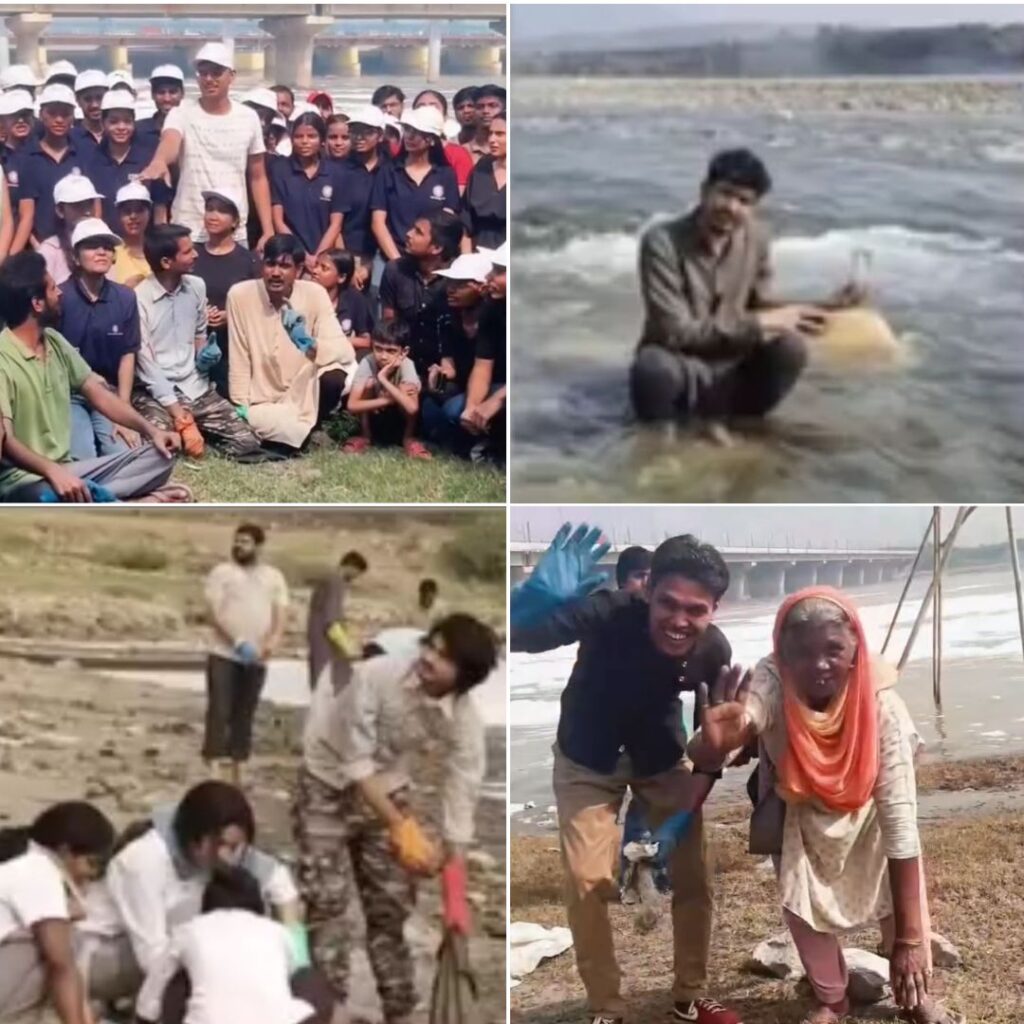An editorial in the April 25 issue of The Lancet says that the COVID-19 pandemic could be the much-needed wake-up call to the necessity of long-term changes to India’s health system. The rep
ort titled, ‘India under COVID-19 lockdown’ added that states deserve much of the credit for India’s COVID-19 response.
Taking notes of India’s population of 1·3 billion across diverse states, health inequalities, widening economic and social disparities, and distinct cultural values which unique challenges, the report states that the largest COVID-19 national lockdown has also given the government time to prepare for a possible surge in cases when the pandemic is predicted to peak in the coming weeks.
States’ Endeavours
Talking about the individual efforts of the states the report says,’Preparedness and response to COVID-19 have differed at the state level.’
Kerala learnt from the Nipah virus outbreak in 2018 and resorted to ‘extensive testing, contact tracing, and community mobilization to contain the virus and maintain a very low mortality rate.’ The southern state further set up thousands of temporary shelters for migrant workers.
Odisha’s experience with previous natural disasters meant that crisis precautions were already in place and have been adapted to tackle the pandemic.
In Maharashtra, drones were used to monitor physical distancing during the lockdown. A cluster containment strategy was applied which essentially meant that when three or more patients tested positive, all the houses within 3 km are inspected to detect further cases, trace contacts, and raise awareness. However, the report notes that the effectiveness of this strategy is still unclear.
Indian Advantages
The authors opine that India’s s young population (65 per cent aged below 35 years) worked in her favour and the lockdown is already having the desired effect of flattening the curve.
States began relaxing certain lockdown restrictions from April 20, based on the district profiling of COVID-19 hotspots (a form of cluster containment).
The editorial notes that the immediate challenge is to keep infections at manageable levels and ensure the ability to test, trace contacts, isolate patients, implement COVID-19 care plans, and disseminate timely information. According to them, the central government should loosen its control and give states more autonomy over their funding and decision making, and India must also pay much greater attention to the health sector and recognize the importance of having strong public sector capacity, especially in primary care and at the district levels.
India’s Shortcoming
India’s public healthcare system is persistently underfunded at just 1.28 per cent of the gross domestic product), leaving primary care weak.
According to the editorial, the government’s abrupt implementation of the lockdown seemed ‘hastily prepared and immediately disadvantaged already vulnerable populations.’
The weekly peer-reviewed general medical journal, notes the mass exodus of migrant workers and the rising concerns regarding starvation among people who work in the informal economy. Implementing public health measures is difficult in places with overcrowded living conditions and inadequate hygiene and sanitation, it states.
Reviewing the public health measures and manpower, the Lancet said ‘India’s response has also been constrained by a shortage of health workers, but this should be remedied by new reforms that would mobilize additional healthcare workers from different sources adding that implementing public health measures is also difficult in places with overcrowded living conditions and inadequate hygiene and sanitation.’ Further, Non-COVID-19 medical services have been obstructed.
Further complicates such as ‘lows rates of testing (0·28 per 1000 people as of April 20), capacity issues, absence of a political will, and operational feasibility’ have been noted by the authors.
They say that one peril to the COVID-19 response in India is the spread of misinformation driven by fear, stigma, and blame.
Also Read: Amid COVID-19 Lockdown, 200% Spike In Distress Calls From Alcoholics, Drug Addicts In India












